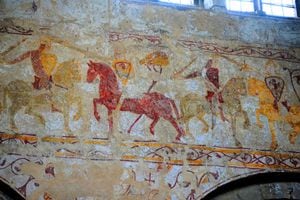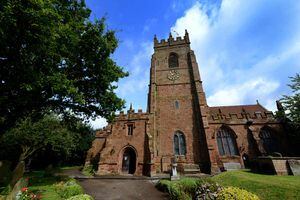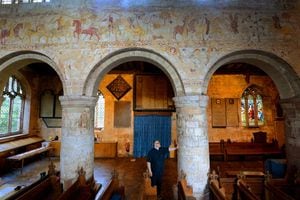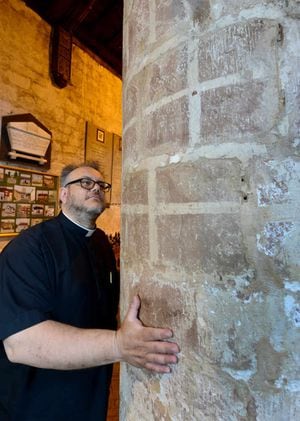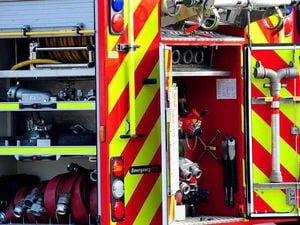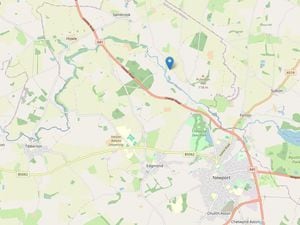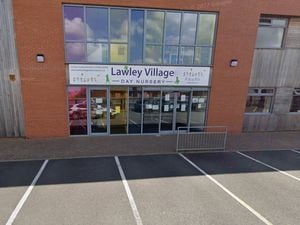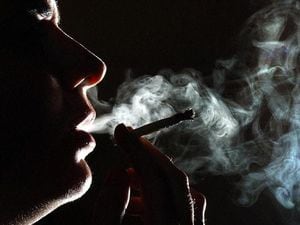Shropshire church's paintings are among the best in Britain
From the outside it is a village church like thousands of others across the country.
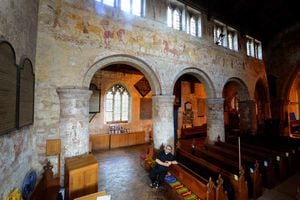
But tucked away inside All Saints Church in Claverley is medieval art that you would expect to see adorned on the walls of a gallery or one of Europe's most famous cathedrals.
And they have just been judged to be among the best medieval artistry in Britain by independent experts.
The wall paintings feature warring knights mounted on brightly coloured horses on the north side of the nave.
And the work, which dates back to about 1220, attracts no shortage of visitors, with students coming from all over the world for a glimpse of the imagery.
Reverend Garry Ward said: "It is supposed to represent the conflict between the seven virtues and the seven vices.
"The gold horses represent the virtues, and the red ones represent the vices."
The painting, which is based on the poem Psychomania by 4th century writer Prudentius, was covered beneath coats of white paint until the mid 20th century.
"It was all whitewashed over during the Renaissance," says Mr Ward, who became vicar of the church three years ago.
"They wanted nothing to do with the medieval art. It was not discovered until 1902, when some work was being done to remove some of the fixtures from the church. Some of the paint was flaking off, and they discovered all this underneath."
The work to restore the painting did not take place until around the 1950s though.
Close observers will notice that there are only six red horses and six gold ones. So what happened to the seventh vice and virtue? It is again a result of the Renaissance alterations. "It is believed that it would have gone further back, but part of it was lost when they put a new wall in during the 1400s," he says. It is the condition of the paintings which makes them so unique.
"You see a lot of medieval paintings, but they are usually in pretty poor condition. Here the colours are so bright and vibrant."
The church's medieval art, which also includes cross-hatching on the church's pillars, is renowned throughout Britain, and is listed in the Journal of Antiquities.
"It is comparable with the medieval art you will see in France," he says. "
It was done not long after the Norman invasion, and the work is of a style similar to the Bayeux Tapestry. There is a Norman influence." Inspectors have been into the church to check on the condition of the painting. They visit once every 10 years and during their latest check said that the art is among the best of their type. Mr Ward says barely a month goes by without academics contacting him, asking if they can view the work. He says: "
The Americans love it because it is steeped in history." The foundations of the church date back to 672AD, but most of the present building was constructed towards the end of the 11th century.
And the distinctive cross hatching, which dates from the time the church was built, owes a lot to Roger De Montgomery, the 1st Earl of Shrewsbury, who commissioned it in 1071.
Other important features in the church include Queen Elizabeth I's coat of arms painted on the wall – denoting Bridgnorth's former status as a Royal Peculiar, and a yew tree in the churchyard has been certified as being 2,500 years old by David Bellamy.
